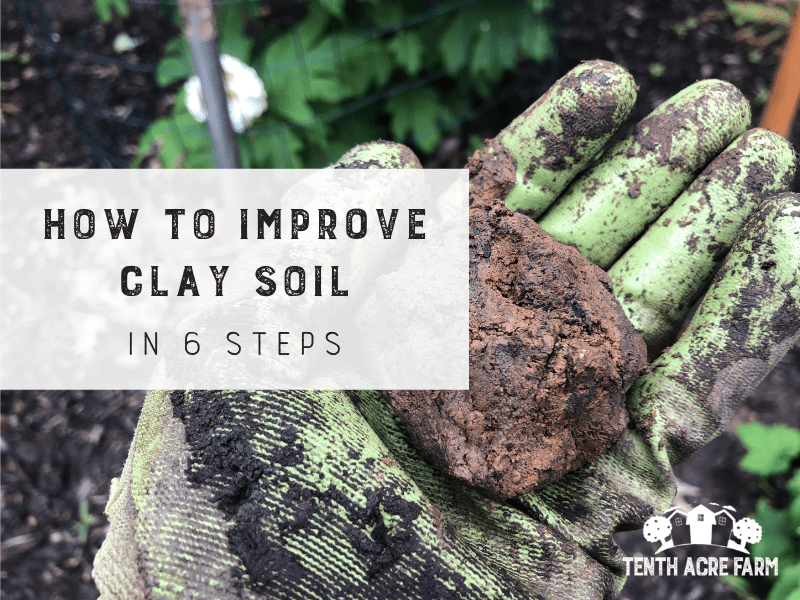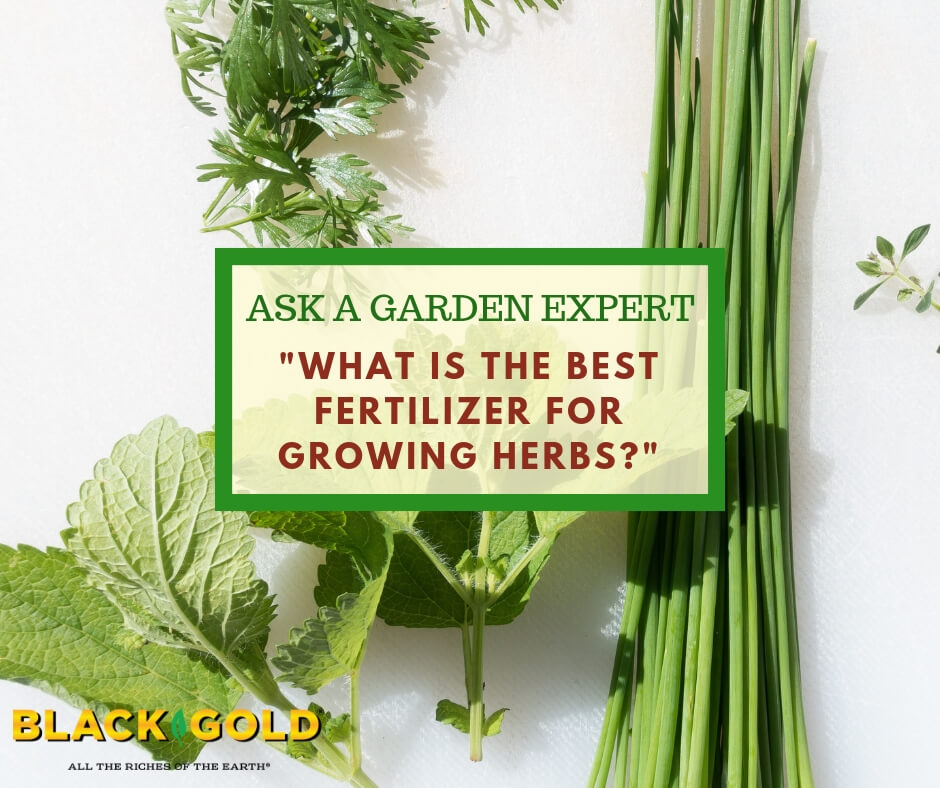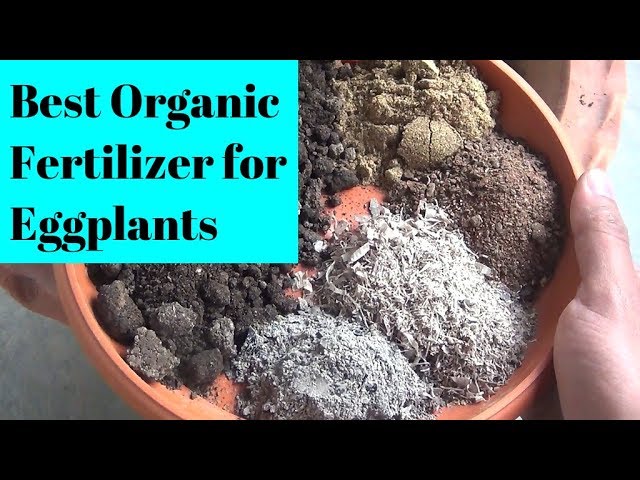How to Improve Clay Soil for Gardening
Clay soil can be a real challenge for gardeners. It’s heavy, sticky, and compacted, making it difficult for water and nutrients to penetrate. But fear not! With a little patience and some hard work, you can improve clay soil and make it a fertile environment for your plants to thrive. Here are some tips to help you get started:
1. Add Organic Matter
One of the best ways to improve clay soil is to add organic matter such as compost, well-rotted manure, or leaf mold. Organic matter helps to break up the clay particles, improve drainage, and provide essential nutrients for your plants. Spread a layer of organic matter over the soil surface and work it into the top few inches of soil with a garden fork or spade.
2. Mulch, Mulch, Mulch
Applying a thick layer of mulch on top of the soil can help improve its structure and fertility. Mulch helps to protect the soil from compaction, retain moisture, and prevent erosion. It also provides a habitat for beneficial soil organisms that help break down organic matter and improve soil health.
3. Avoid Tilling
While tilling may seem like a quick fix for clay soil, it can actually do more harm than good. Tilling can break down soil structure, disrupt soil organisms, and increase compaction. Instead of tilling, focus on adding organic matter and mulch regularly to gradually improve your soil’s health and fertility.
4. Plant Cover Crops
Cover crops such as clover, vetch, and ryegrass can help improve clay soil by adding organic matter, fixing nitrogen, and preventing erosion. Cover crops also help break up compacted soil, improve drainage, and suppress weeds. Plant cover crops in the fall or spring and leave them to grow until they reach maturity before tilling them back into the soil.
5. Consider Raised Beds
If your clay soil is too difficult to improve, consider building raised beds filled with a well-draining potting mix. Raised beds provide better drainage, aeration, and root growth for your plants. They also allow you to control the soil quality and fertility more easily, making gardening more manageable and enjoyable.
6. Monitor Soil pH
Clay soil tends to be alkaline, which can affect plant nutrient uptake and growth. Test your soil pH regularly and adjust it as needed by adding amendments such as sulfur or lime. Maintaining the proper soil pH will help your plants thrive and prevent nutrient deficiencies or toxicities.
7. Be Patient
Improving clay soil is a gradual process that takes time and effort. Don’t expect overnight results, but stick to your soil improvement plan and be patient. With persistence and care, you can transform your clay soil into a fertile and productive garden that will reward you with beautiful flowers, delicious fruits, and bountiful harvests.
Conclusion
Don’t let clay soil discourage you from gardening. By following these tips and being mindful of your soil health, you can turn your clay soil into a thriving garden full of life and beauty. Remember to add organic matter, mulch regularly, avoid tilling, plant cover crops, consider raised beds, monitor soil pH, and most importantly, be patient. Happy gardening!



